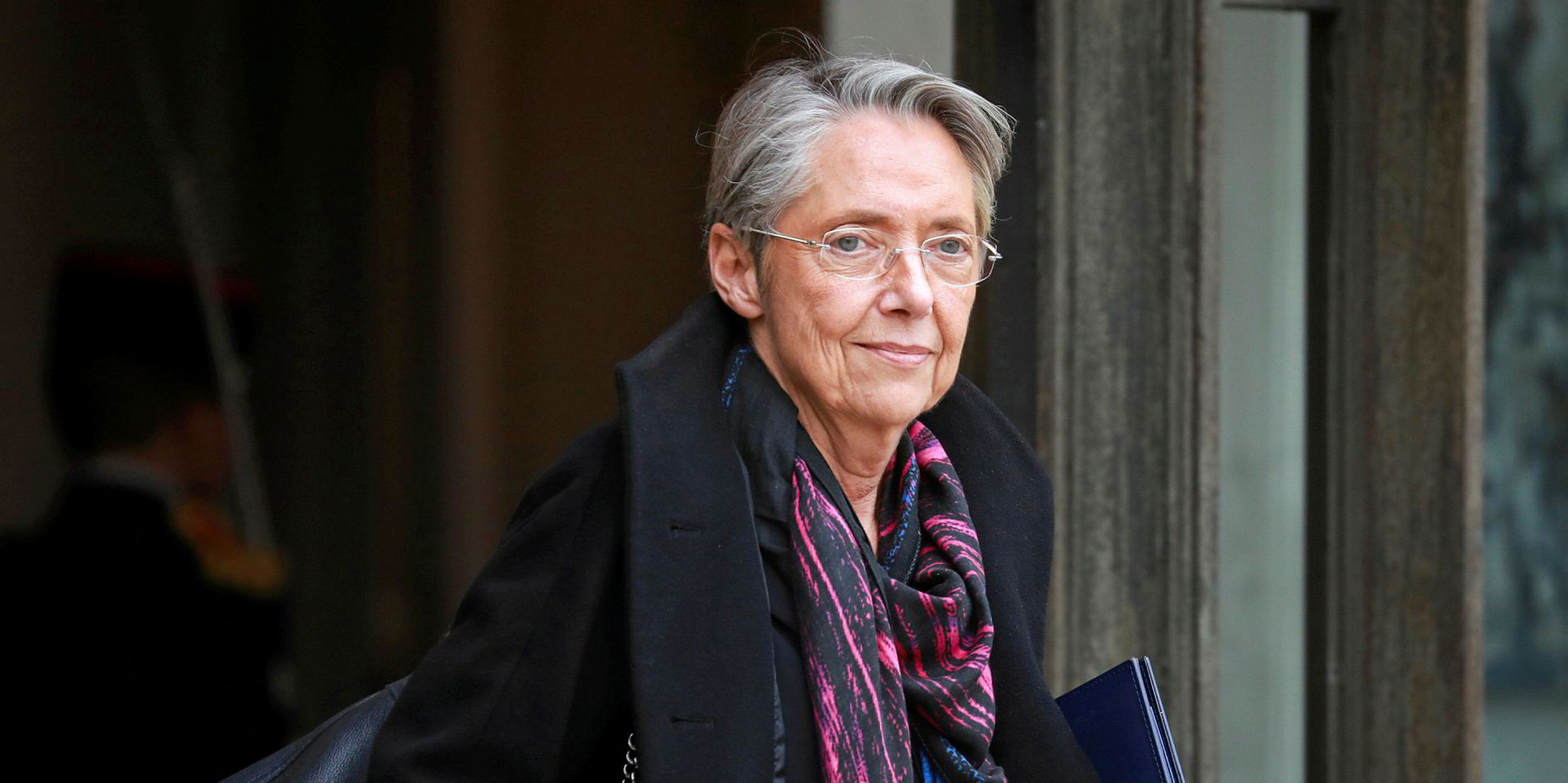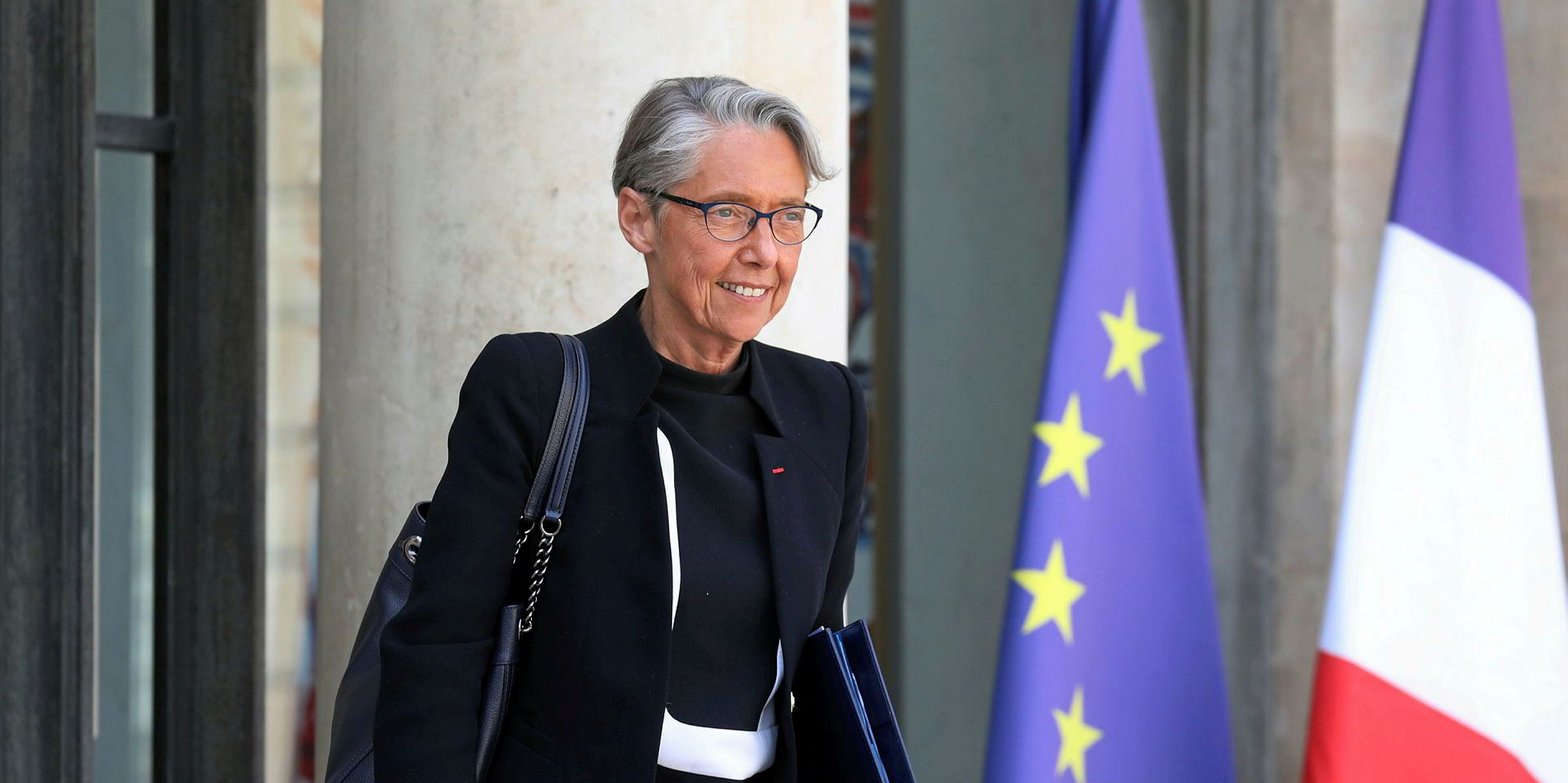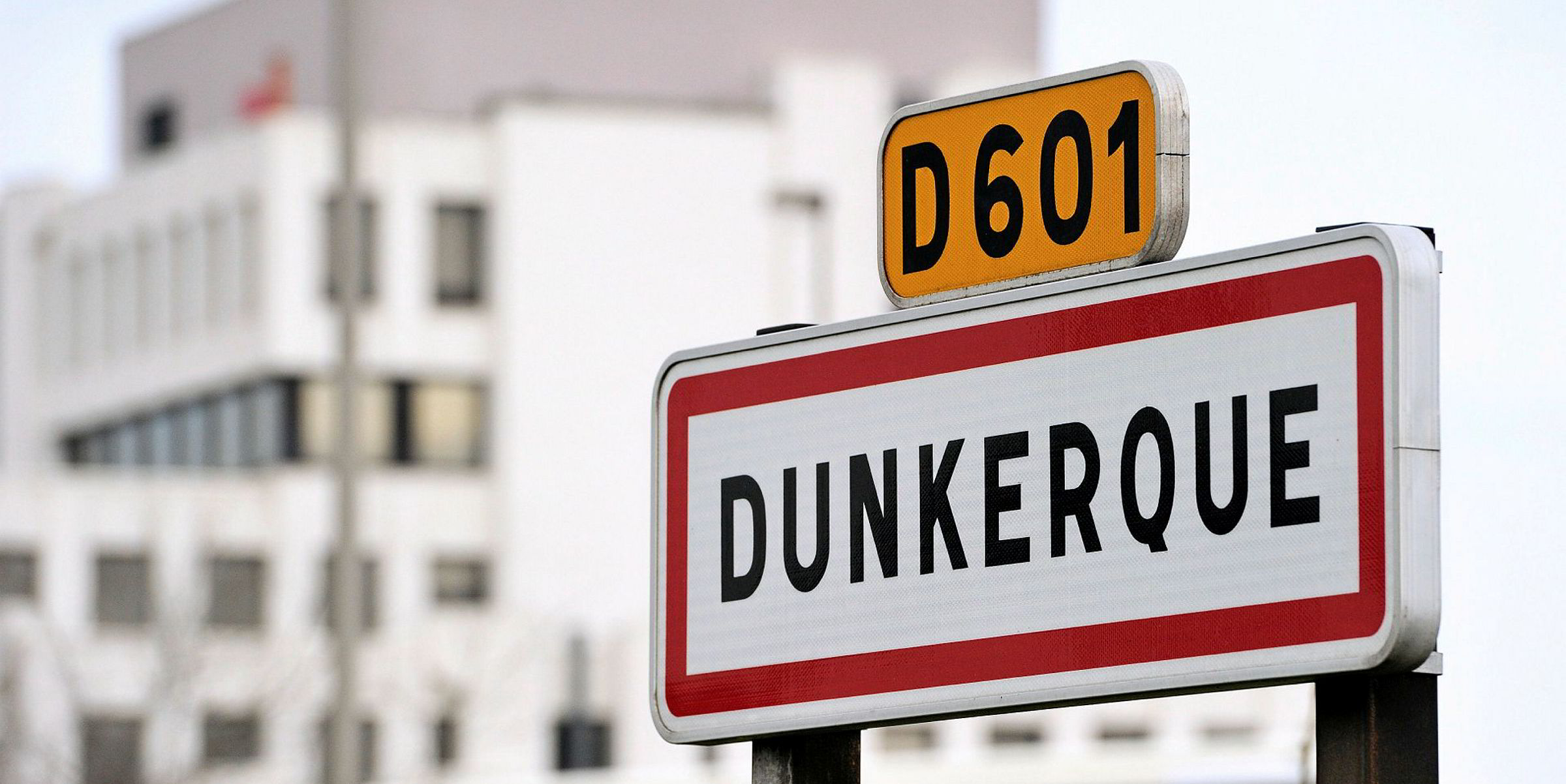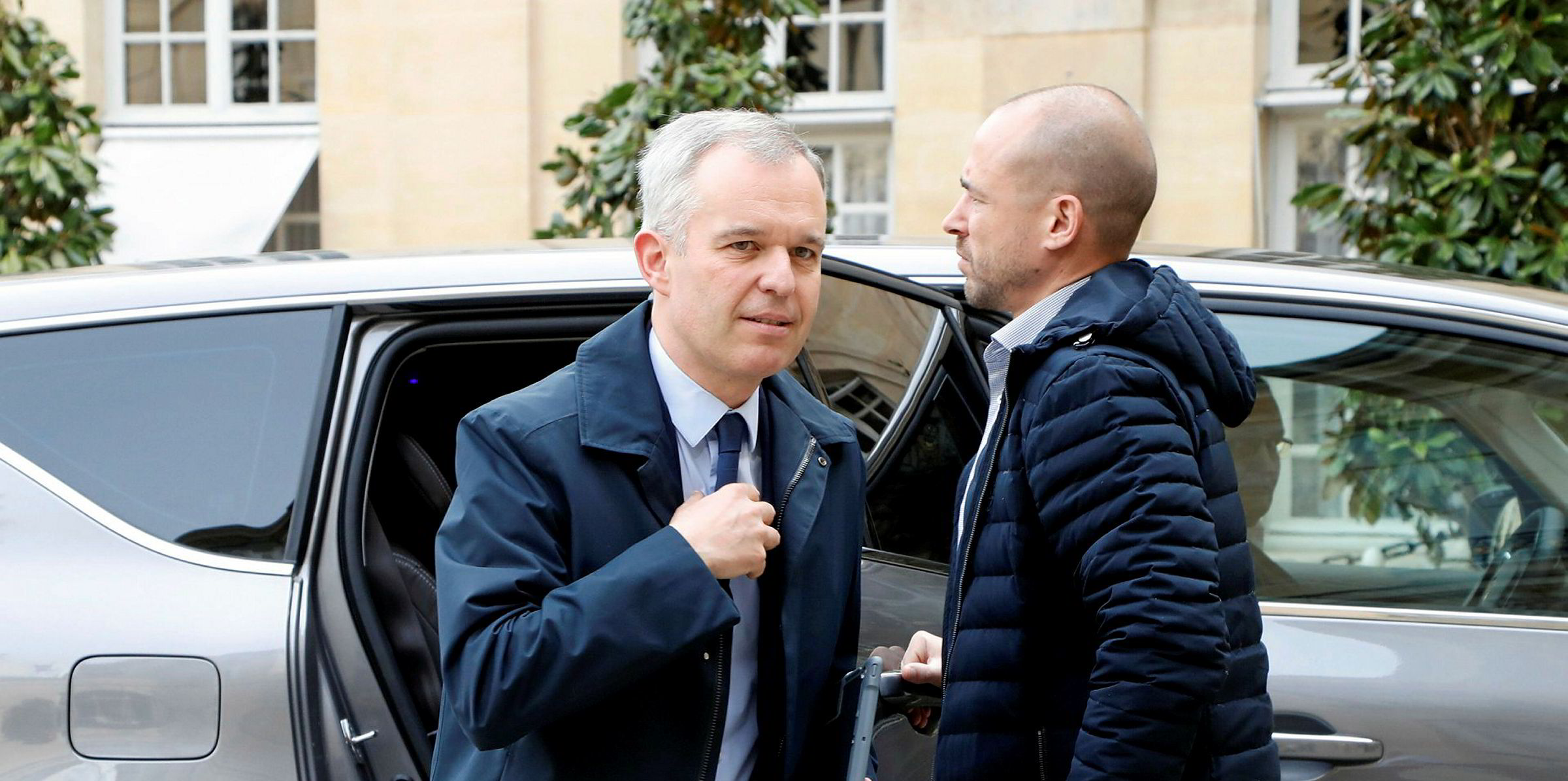The French government has stuck to a relatively low ambition for bottom-fixed offshore wind in a decree for its multi-year energy plan (PPE) published today, despite industry criticism.
Paris’ plan foresees raising the country’s 2028 offshore wind target to between 5.2GW and 6.2GW, up from a range of 4.7-5.2GW previously envisaged, but identical to targets proposed in a draft presented in January of this year. The PPE also fixes an interim target of 2.4GW for 2023.
“Even if the ambitions could have been higher for offshore wind, we will implement the road map and we will propose several measures to make sure that the tenders calendar is respected,” Matthieu Monnier, offshore wind specialist at French wind association FEE told Recharge.
“We fear some delays due to new procedures and preliminary investigations but I’m sure that the administration is really open to fit with the calendar set up by the PPE.”
While the overall offshore wind target doesn’t live up to France’s massive potential, the plan puts the country in a global leadership position when it comes to floating wind, which can be seen in a tendering schedule for the coming years.
As part of the proposal, 750MW of floating wind is scheduled to be auctioned off by the end of 2022 – 250MW next year in Brittany and another two zones of 250MW in the Mediterranean.
In bottom-fixed, a total of 2.5-3GW is slated for tender by the end of 2022, including the already auctioned off 600MW in the Dunkirk zone.
Another 1GW in fixed offshore wind is due to be tendered-off this year off the coast of Normandy, followed by 500MW to 1GW in the southern Atlantic coast in 2021 or 2022, and a further 1GW in fixed offshore at a yet-undisclosed location in 2023.
From 2024 on, the government plans annual offshore wind tenders of 1GW per year, which could be either be fixed or floating.
With the planned targets, the share of wind power in France's energy mix will rise from a current 7.4% to almost 28% by 2028, according to FEE.
“The objectives set by the government for the coming years represent a real step forward and a guarantee of confidence placed in wind power,” FEE president, Nicolas Wolff, said.
“Nevertheless, we will be vigilant about implementation and our ability to generate the required volumes of new projects each year [1,850MW per year or 80 projects per year].”
FEE also warned the French government that measures must be put in place quickly as part of a post-Covid-19 recovery plan, as for more than a month , all wind development and construction activities have been idling due to containment measures and the knock-on economic slowdown.
Paris simultaneously published its national low carbon strategy through 2050, when France aims to become carbon-neutral.
“The transformations undertaken since the beginning of the five-year period to reduce our overall greenhouse gas emissions in transport, as in industry, energy and waste are now fully confirmed. This is good news for the planet and for future generations,” said Elisabeth Borne, France’s minister for the ecological transition.
The multi-year energy plan is seen as a means to reach France's target to cut greenhouse gas emission by 40% by 2030 compared to 1990 levels, while increasing the share of renewables in the country's gross final energy consumption to 33%.
France also has a target to simultaneously reduce the share of nuclear power in its electricity production to 50% by 2035, from about three quarters now.
The PPE targets 24.1GW of onshore wind in 2023, which then is slated to expand to 33.2-34-7GW in 2018. In solar, the targets are 20.1GW by 2023, and 35.1-35.1GW by 2028.
The plan also includes targets for EVs – three million by 2028 and plug-in hybrids, as well as reductions in fossil fuel-generated power usage.
· UPDATED with comment from French wind energy association FEE




